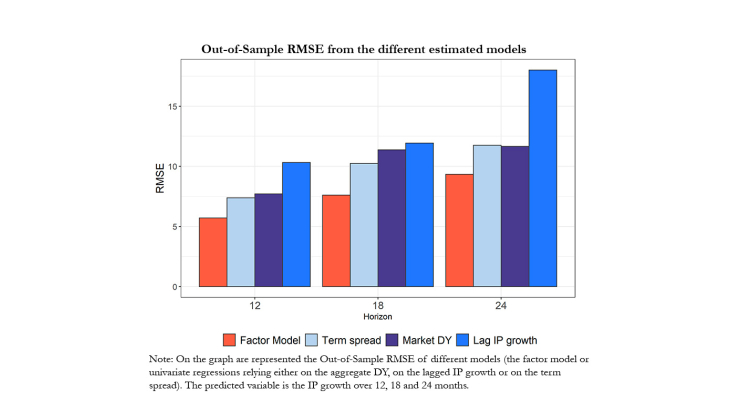Macroeconomic Forecasting Using Filtered Signals from a Stock Market Cross Section
Working Paper Series no. 903. Stock prices declined abruptly in the wake of the Covid-19, reflecting both the deterioration of investors’ expectations of economic activity as well as the surge in risk aversion. In the following months, however, economic activity remained sluggish while equity markets bounced back. This disconnect between equity values and macro-variables can be partially explained by other factors, namely the decline in risk-free interest rates, and -for the US- the strong profitability of the IT sector. As a result, an econometrician forecasting economic activity with aggregate stock market variables during the Covid-crisis is likely to get poor results. Our main contribution is thus to rely on sectorally disaggregated equity variables within a factor model in order to predict US economic activity. We find, first, that the factor model better predicts future economic activity compared to aggregate equity variables, or to conventional benchmarks used in the literature, both in-sample and out-of-sample. Second, we show that the strong performance of the factor model comes from the fact that it filters out the “expected returns” component of the sectoral equity variables as well as the foreign component of aggregate future cash flows. The constructed factor overweights upstream and “value” sectors that are found to be closely linked to the future state of the business cycle.
